Cultural Tours of Iran
Top Iran Cultural Tours for 2024 and 2025
Iran, a country steeped in culture and history, offers a captivating journey through its unique rituals, beliefs, art forms, and handicrafts. Exploring Iran reveals a rich legacy and a fascinating blend of traditions, customs, and beauty. Each city in Iran adds to its diversity, making it a travel destination like no other.
Read MoreFor those eager to experience Iran’s epic traditions and customs, heritage and culture tours are the perfect choice. These tours immerse you in local festivals, attracting both tourists and locals. From the nomadic lifestyles to the traditional Ashura ritual in Yazd, Iran is a cultural kaleidoscope. If you’re unsure about the best time or destination for your vacation, the experts at SURFIRAN can guide you to the perfect itinerary. With its diverse religions and customs, Iran promises unique celebrations, fascinating rituals, and exceptional hospitality.
Iran Cultural Tour Packages
Experience the magic of Iran’s rich and diverse culture.
Iran cultural tours
Iran, a land steeped in culture and civilization, offers an array of unique rituals, beliefs, art forms, and handicrafts. Its deep-rooted customs, culture, history, and religion make it an intriguing destination. Every city in Iran adds to the country’s diverse cultural landscape, creating a unique experience that is unparalleled globally.
Read MoreAt SURFIRAN, we’re committed to delivering exceptional Iran cultural tours that promise unforgettable travel experiences. Our tours, led by knowledgeable local guides, dive deep into Iran’s rich history, vibrant culture, and hospitable people. We cater to all travelers – from private, customized tours for solo explorers to group tours for couples, families, and friends.
Our tours include visits to iconic landmarks like the UNESCO World Heritage sites of Persepolis and Jameh Mosque of Isfahan, along with excursions to bustling local markets, fascinating museums, and art galleries. You’ll also indulge in Iran’s diverse cuisine, ranging from savory stews and kebabs to sweet treats like baklava and saffron ice cream.
We advocate for responsible and sustainable cultural tourism. Collaborating with local communities helps support their economies and preserve their cultural heritage. Travel with us for an authentic and respectful experience of Iran’s rich and diverse culture.
Book your journey with SURFIRAN for an enchanting exploration of Iran’s cultural wonders – a journey that will deepen your appreciation and understanding of its people, history, and traditions.
Iran’s Famous Cultural Sites
Iran boasts a wealth of cultural heritage, with sites of historical, religious, and architectural significance. Here are some must-visit cultural sites in Iran:
- Persepolis: Near Shiraz, this ancient city was the Achaemenid Empire’s capital, featuring striking ruins and artifacts from pre-Islamic times.
- Jame Mosque of Isfahan: A significant Islamic building in Iran, known for its stunning tile work, intricate brickwork, and impressive domes and minarets.
- Shah Cheragh: A magnificent mosque in Shiraz, this site is a key religious pilgrimage destination for Shia Muslims, known for its reflective mirrored tiles and the tomb of a Prophet Muhammad descendant.
- Golestan Palace: In Tehran, this palace showcases Persian royal architecture from the Qajar Era, with mirrored halls, intricate tile-work, and beautiful gardens.
- Yazd: An ancient desert city famous for its mud-brick architecture and historic wind towers, including significant Zoroastrian temples like the Fire Temple.
- Tabriz Bazaar: One of the world’s oldest and most historic markets, offering a range of goods, from spices and rugs to handmade pottery.
Best Time to Visit Iran
The ideal time to visit Iran’s cultural sites is during the spring and fall, specifically from March to May and September to November. These months offer mild temperatures and dry weather, perfect for exploring landmarks like Persepolis and Naqsh-e Jahan Square. Summer can be hot and dry, while winter may bring cold and snow in some regions.
It’s crucial to note that Iran observes Ramadan, during which some cultural sites might have altered visiting hours. Always check Ramadan dates before planning your trip.
Duration for Visiting Iran’s Cultural Places
The time required to visit Iran’s cultural sites depends on your interests and itinerary. For major landmarks like Persepolis, Isfahan, and Tabriz Bazaar, allocate at least 7-10 days. This allows for an in-depth exploration and the chance to visit smaller, equally captivating towns.
To experience more of Iran, like a desert trek or culinary tour, consider extending your trip by a few days. Remember to factor in travel time between cities and include rest days and buffer time for any unexpected changes.

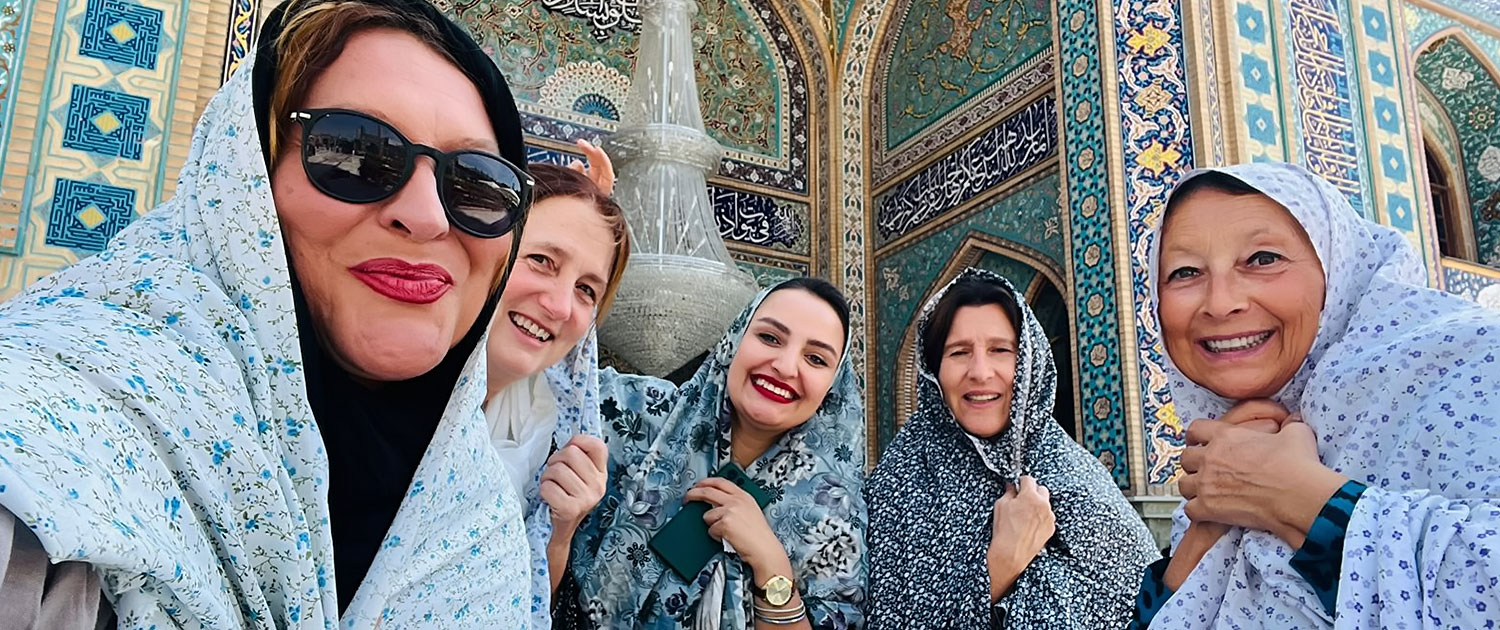

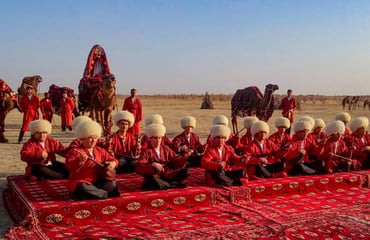
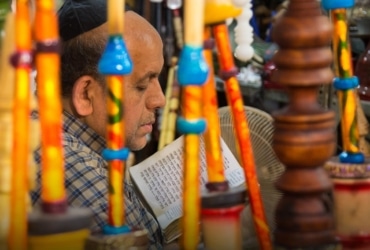


 SURFIRAN
SURFIRAN
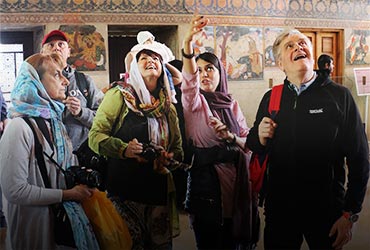
 SURFIRAN
SURFIRAN SURFIRAN
SURFIRAN



 SURFIRAN
SURFIRAN




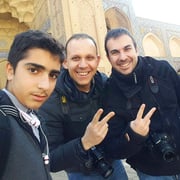







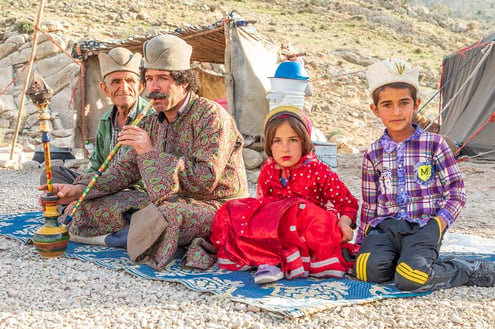

WhatsApp: +98 912 880 3921